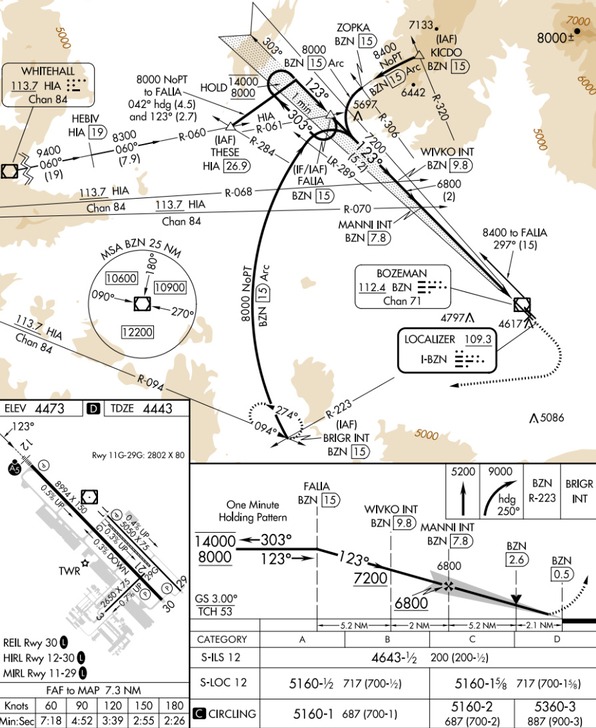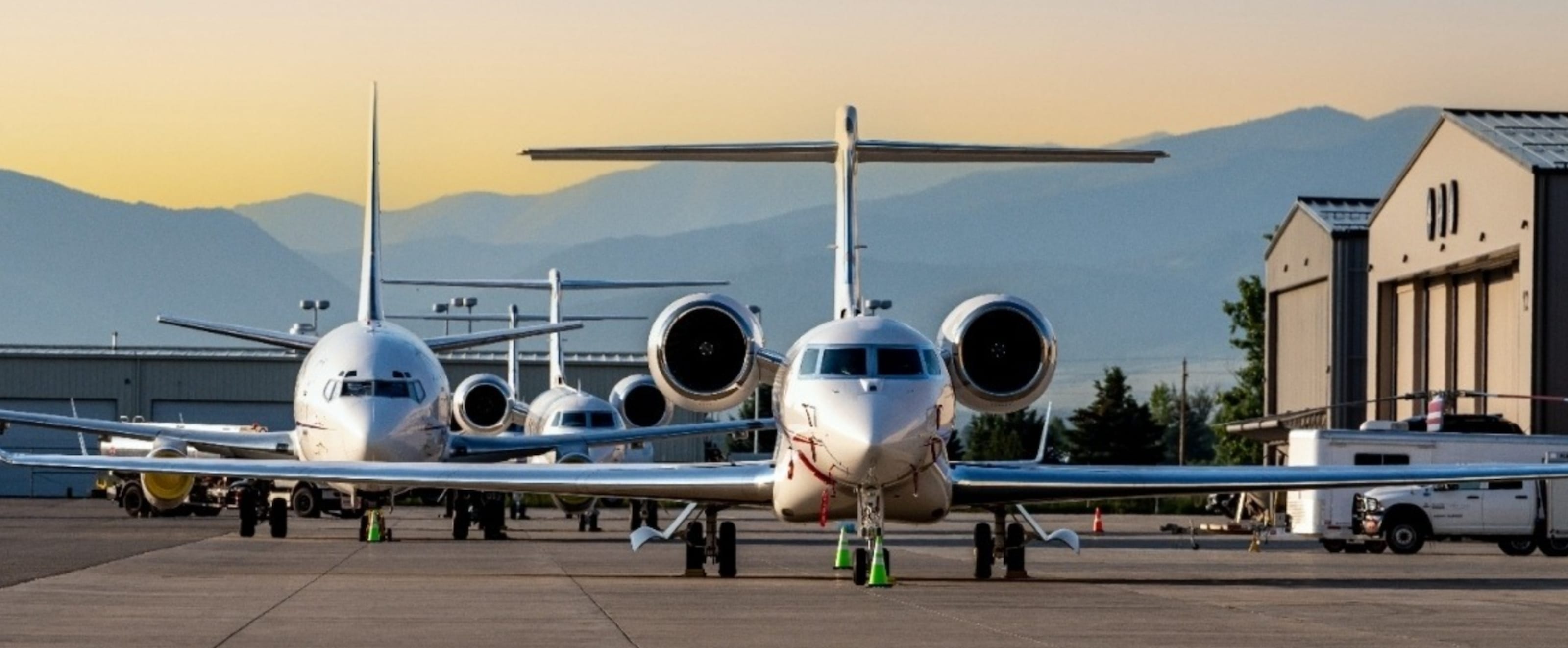Noise and Airspace
Bozeman Yellowstone International Airport is one of the fastest growing airports in the nation, playing a crucial role in the local economy. However, living near the airport comes with important considerations. Below, you'll find key information about the impacts of residing near BZN.
Living Near BZN
Report Noise
Resources &
Information
Living Near Bozeman yellowstone international airport
For Additional Noise Related Concerns
Please reach out to the Federal Aviation Administration's (FAA)
Northwest Regional Ombudsmen:
206-231-4204
Report Noise
If you have questions or concerns about aircraft noise you can contact the airport directly using the form below.
* Required
By submitting this form, I consent to the above information being shared with the Federal Aviation Administration (FAA).
By submitting this form, I consent to the above information being shared with the Federal Aviation Administration (FAA).
Resources & Information

The land use guidelines below delineate specific zones around the airport and outline the development recommendations in each. These criteria are utilized by airport staff when reviewing proposed developments in the surrounding area.
Airport Influence Area (AIA) – Refer all plats and development plans to ACPAA for review. Comply with FAR Part 77. Require Avigation Easement by landowner and Public Disclosure to prospective buyers and tenants. Residential and other noise sensitive development requires a 7-day noise test and development is prohibited/not recommended in areas at 65 DNL and above.
Restricted Development Area (RDA) – Prohibit new residential and other noise sensitive development. Building height must comply with FAR Part 77 surface criteria, existing or future, whichever is more restrictive.
Buffer Zone (BZ) – Recommend no new residential or other noise sensitive development. Governmental entity with zoning and building permit authority to develop specific restrictions.
Approach Zone (AZ) – Prohibit new residential and other noise sensitive development. Building height must comply with FAR Part 77 surface criteria, existing or future, whichever is more restrictive.
Aircraft noise is an important issue facing airports and communities throughout the nation. Formal standards were established by Congress under the Aviation Safety and Noise Abatement Act of 1979, which created a single system for determining the exposure of individuals to airport noise, and a standardized airport noise compatibility planning program. The Federal Aviation Administration (FAA) prescribed a set of procedures and standards under the U.S. Code of Federal Regulations, Title 14 Part 150, and entitled “Airport Noise Compatibility Planning”, commonly referred to as Part 150.
FAA Hotline
These online resources may be used to be used for any general safety inquiries, including reporting any low-flying aircraft concern. If you know the aircraft's tail number utilize the FAA Hotline. If you don’t know the aircraft's tail number, report through the Flight Standards District Office (FSDO) below.

